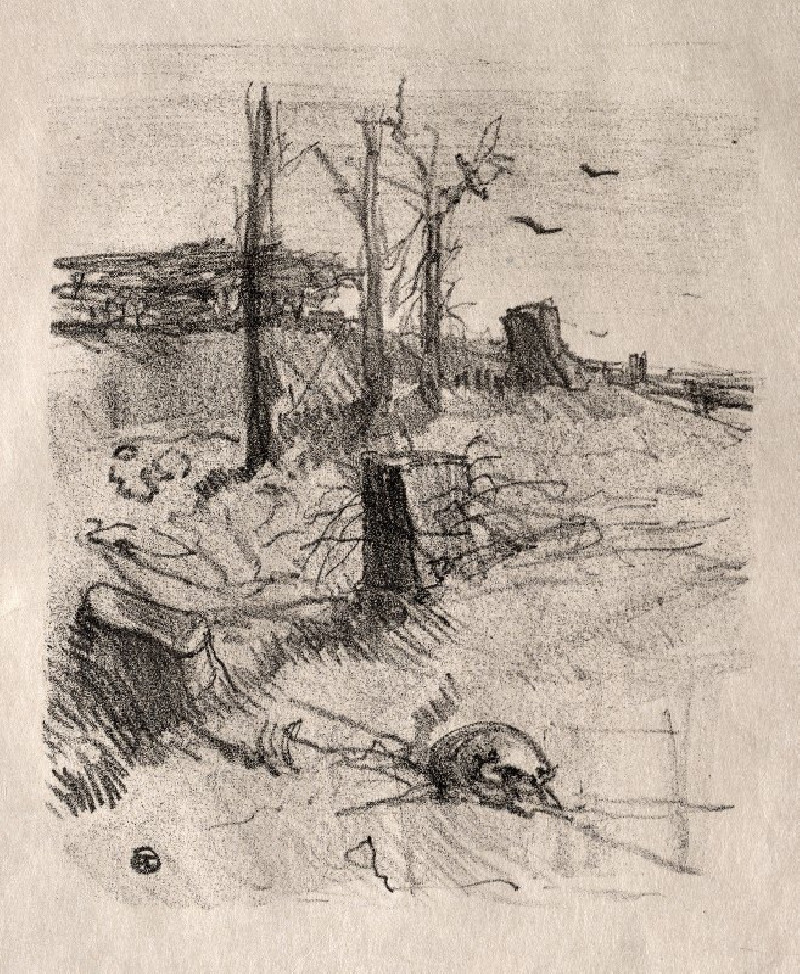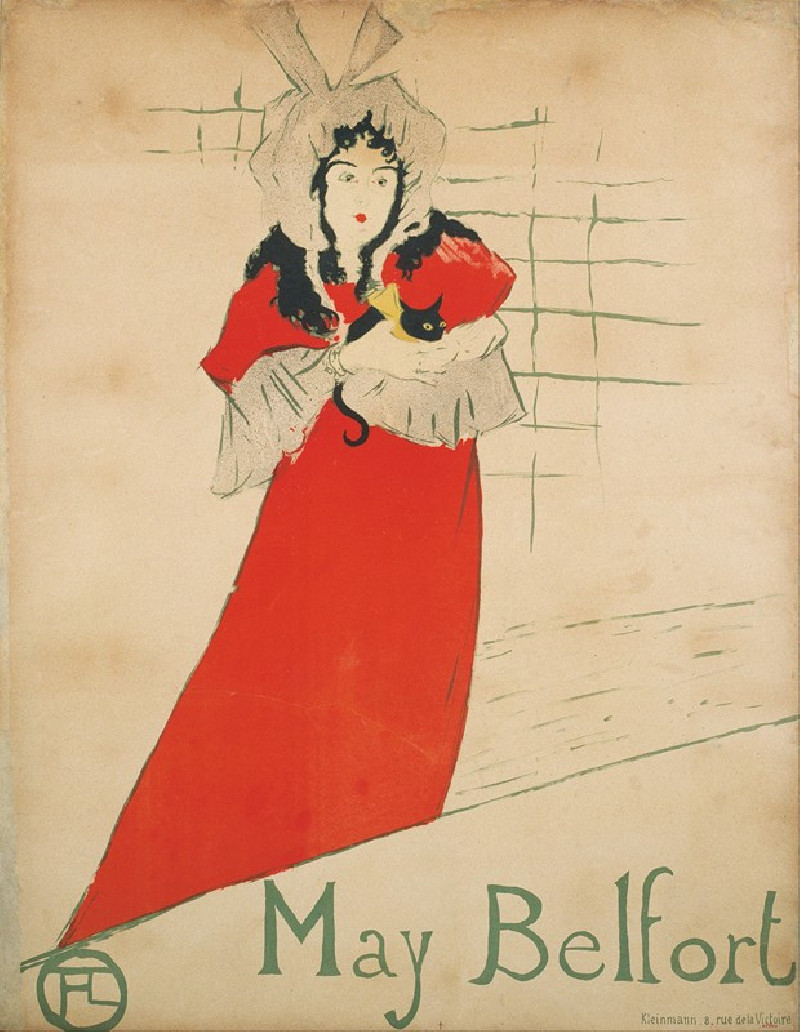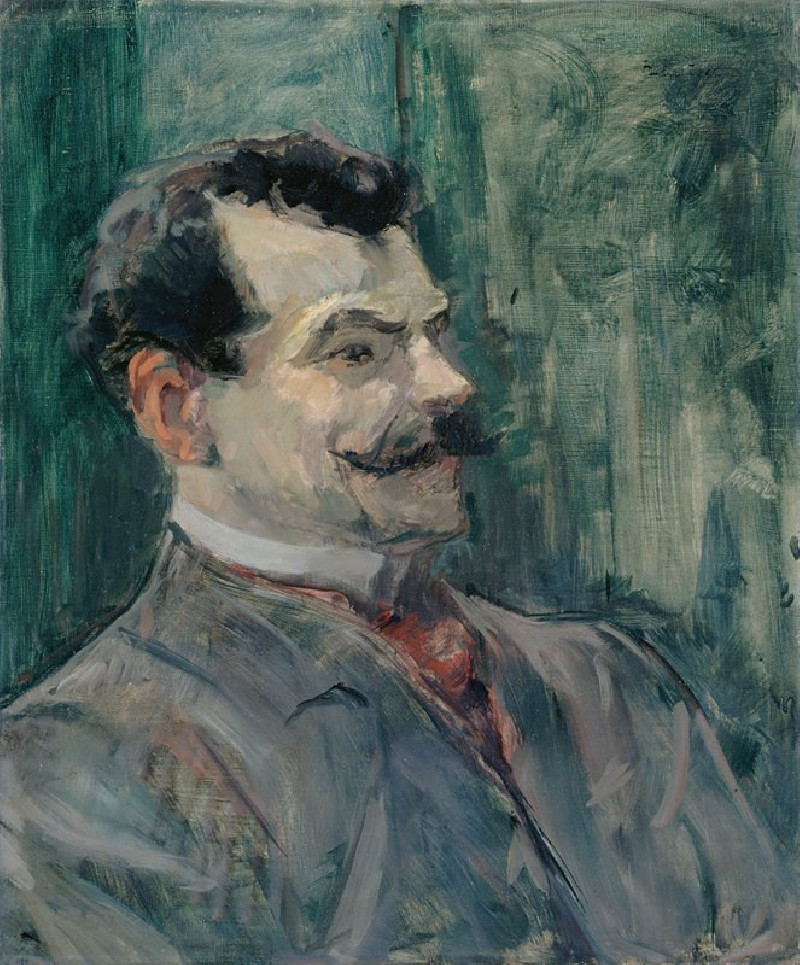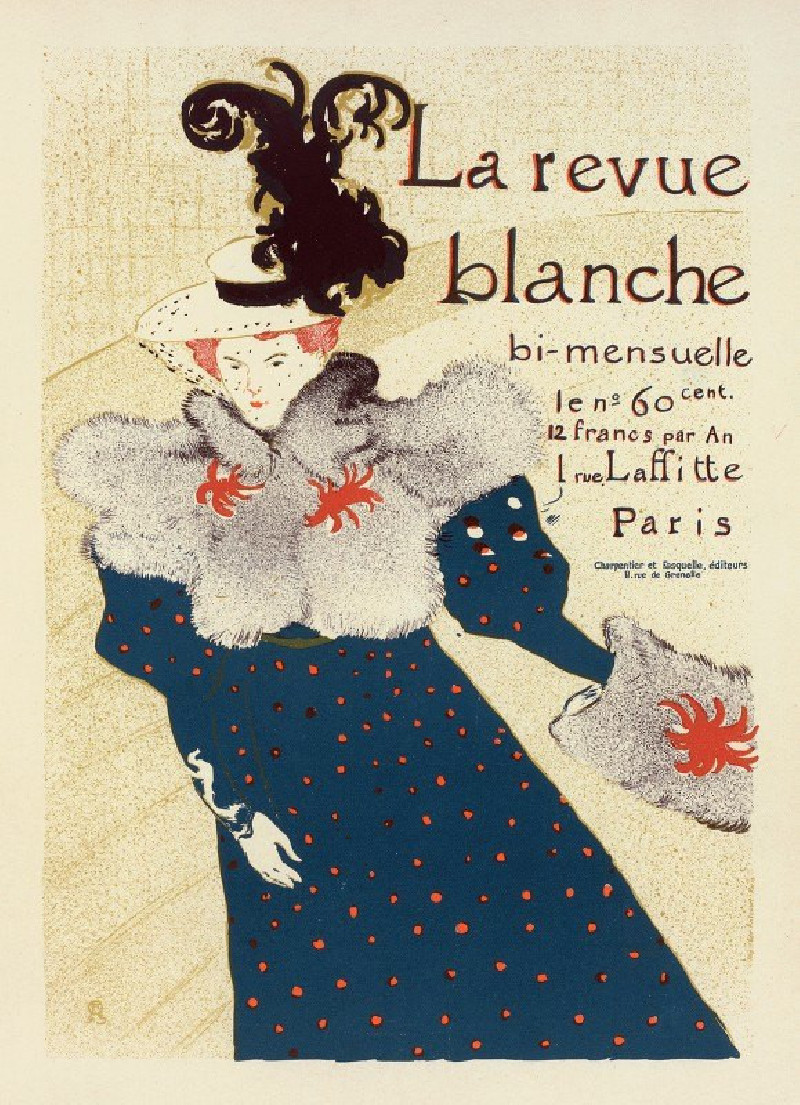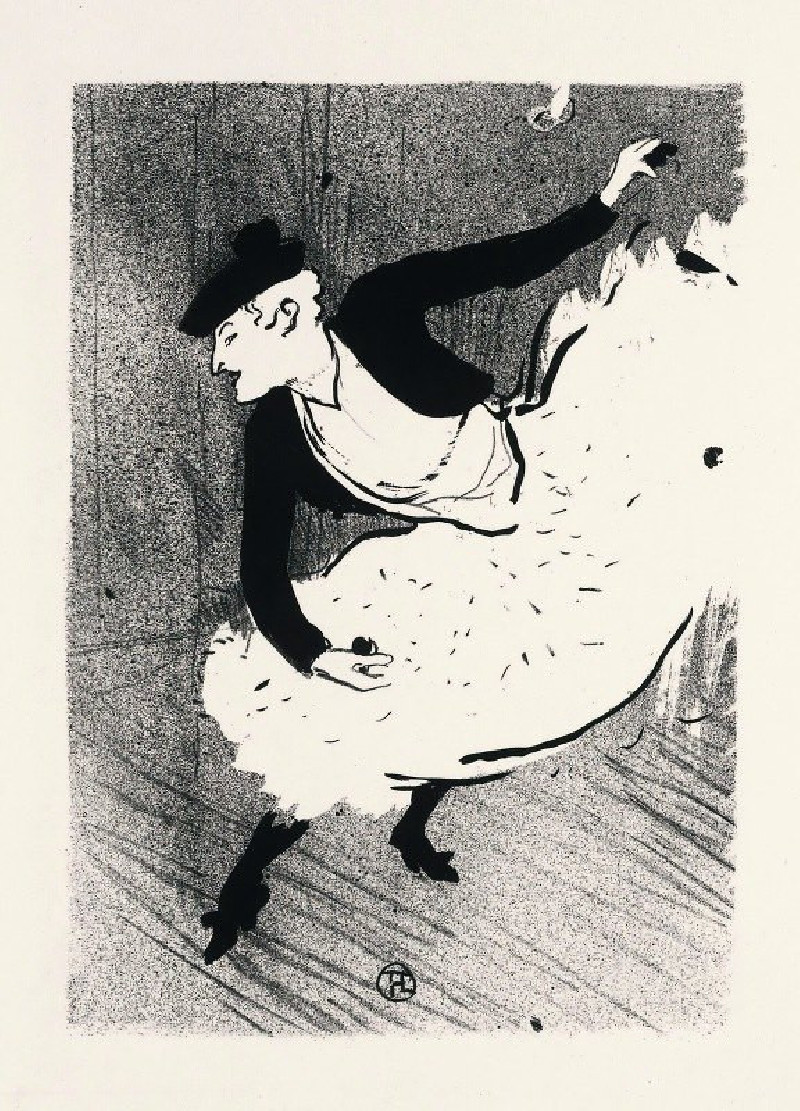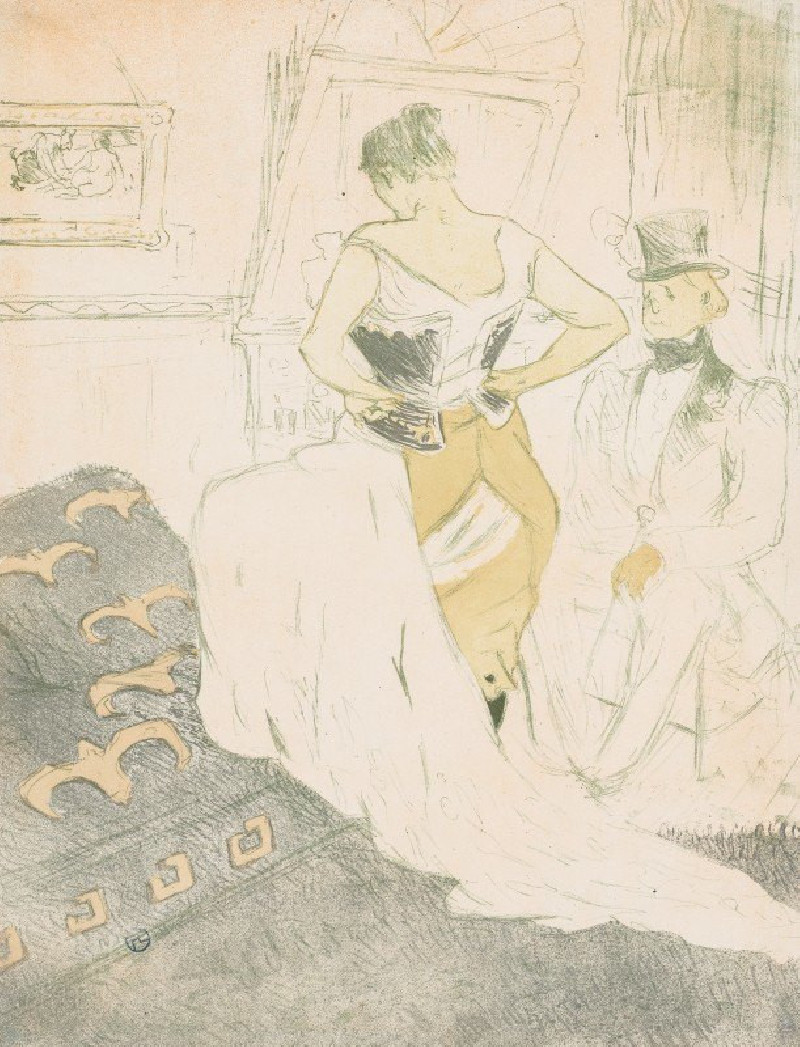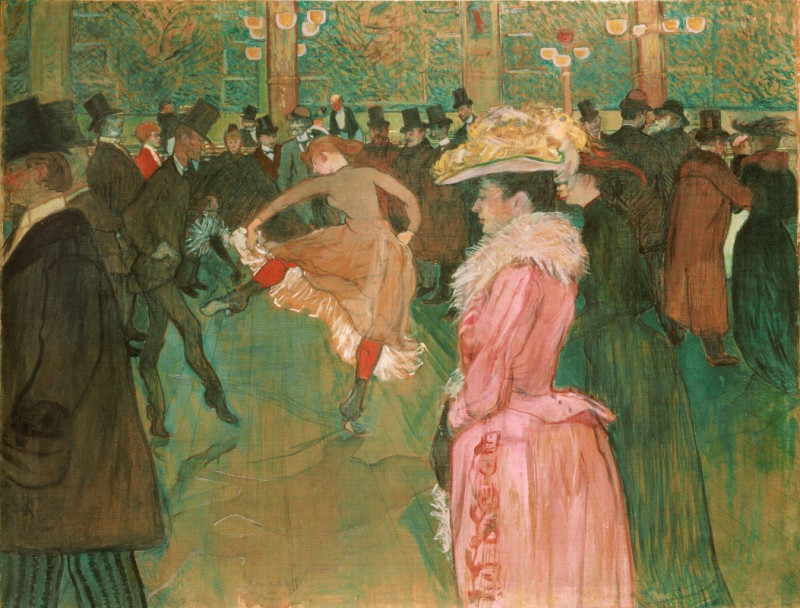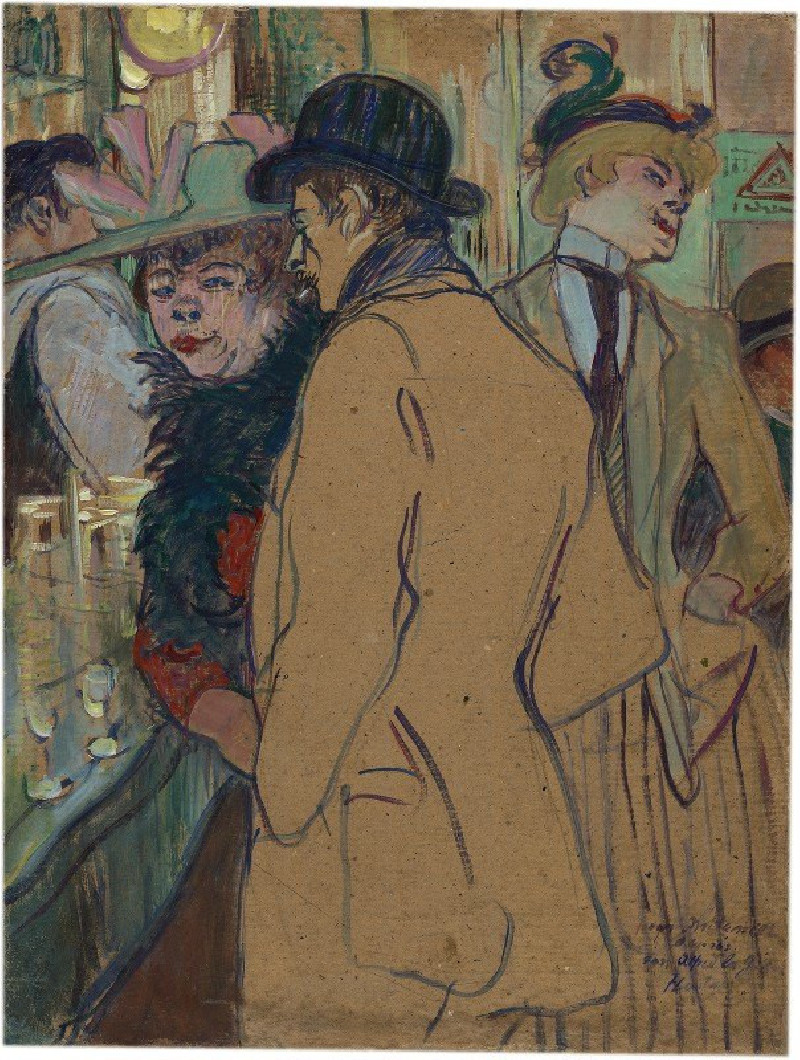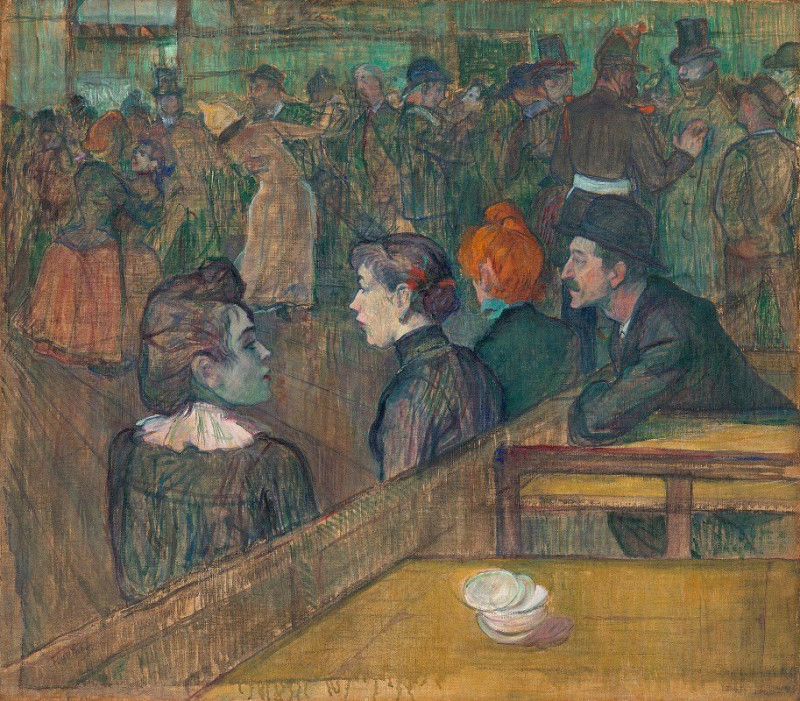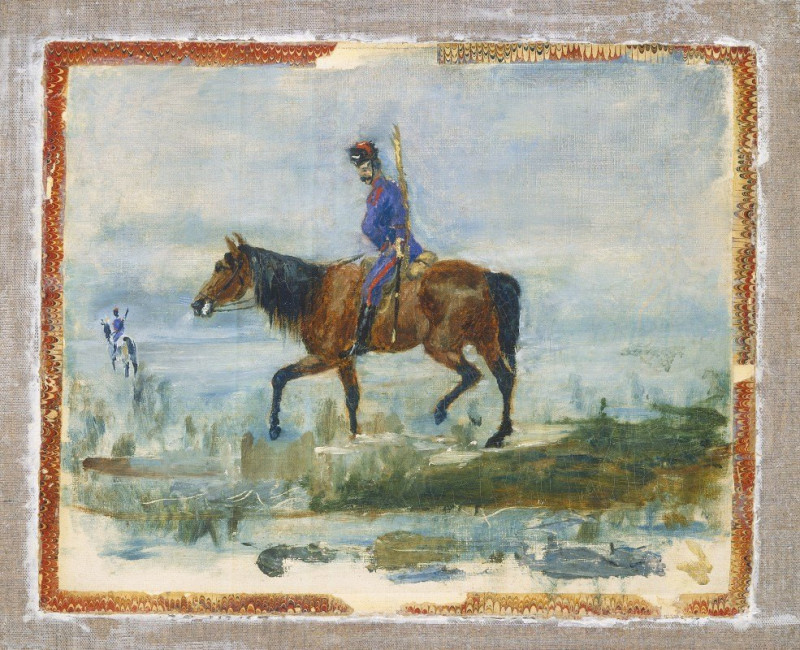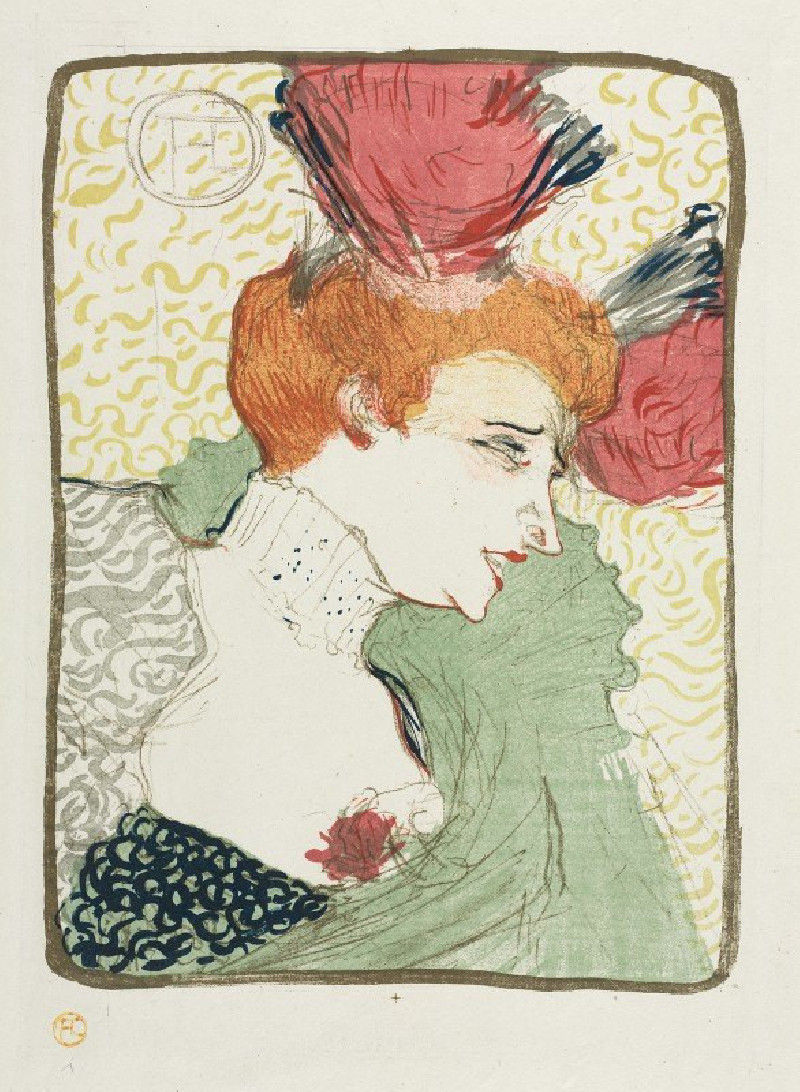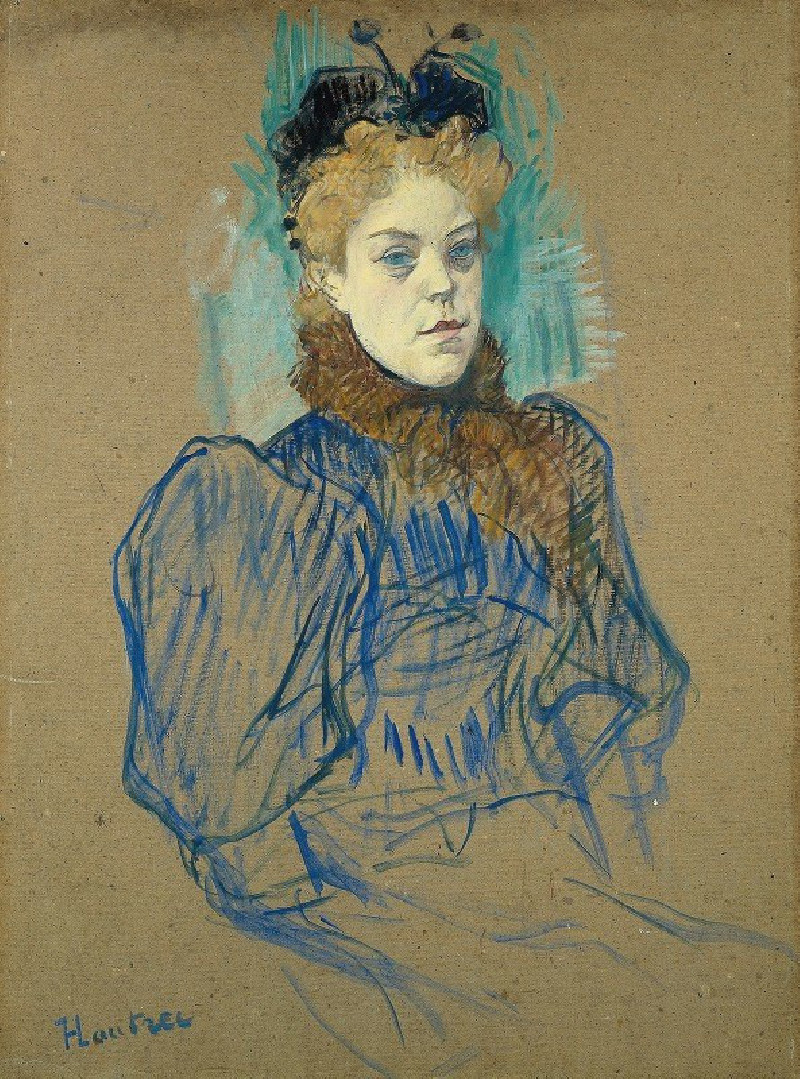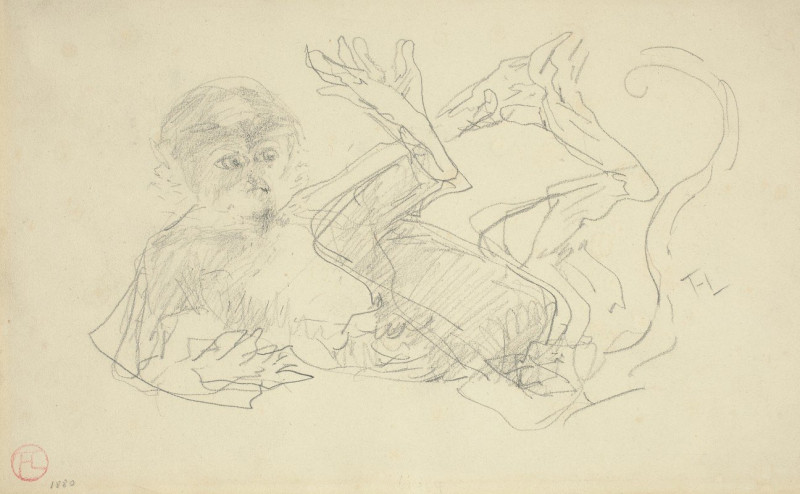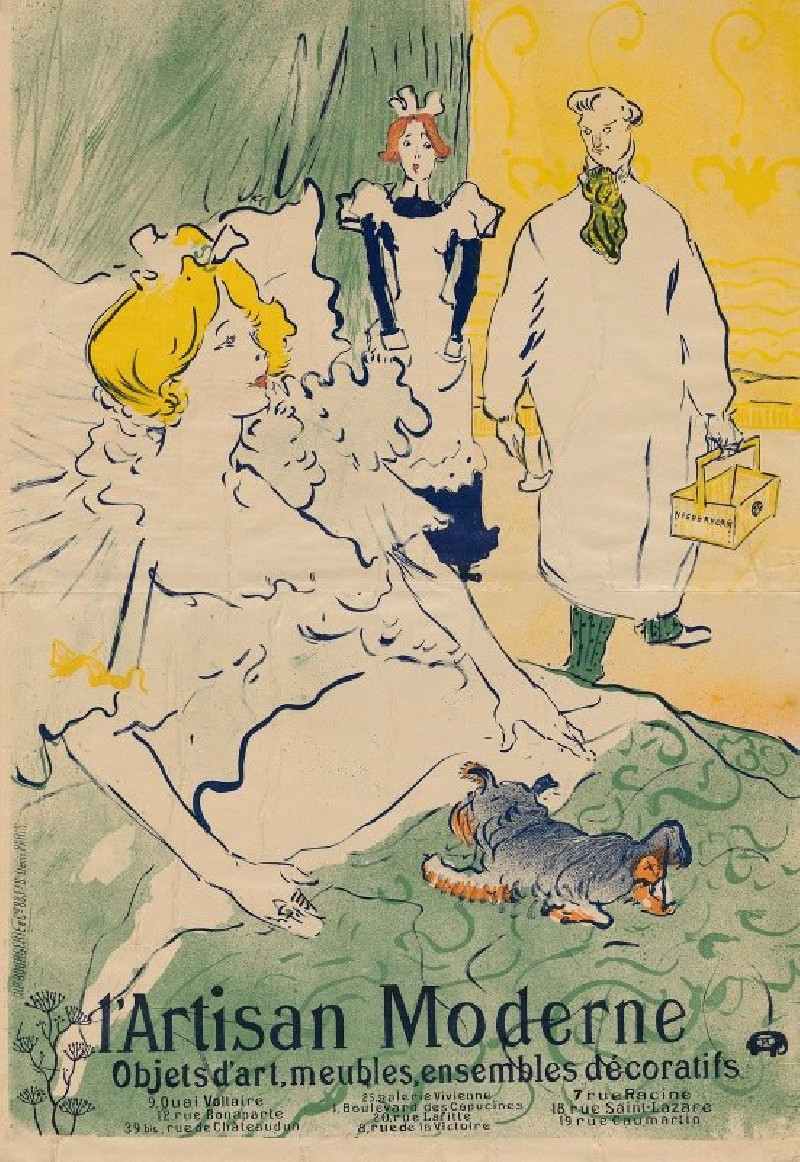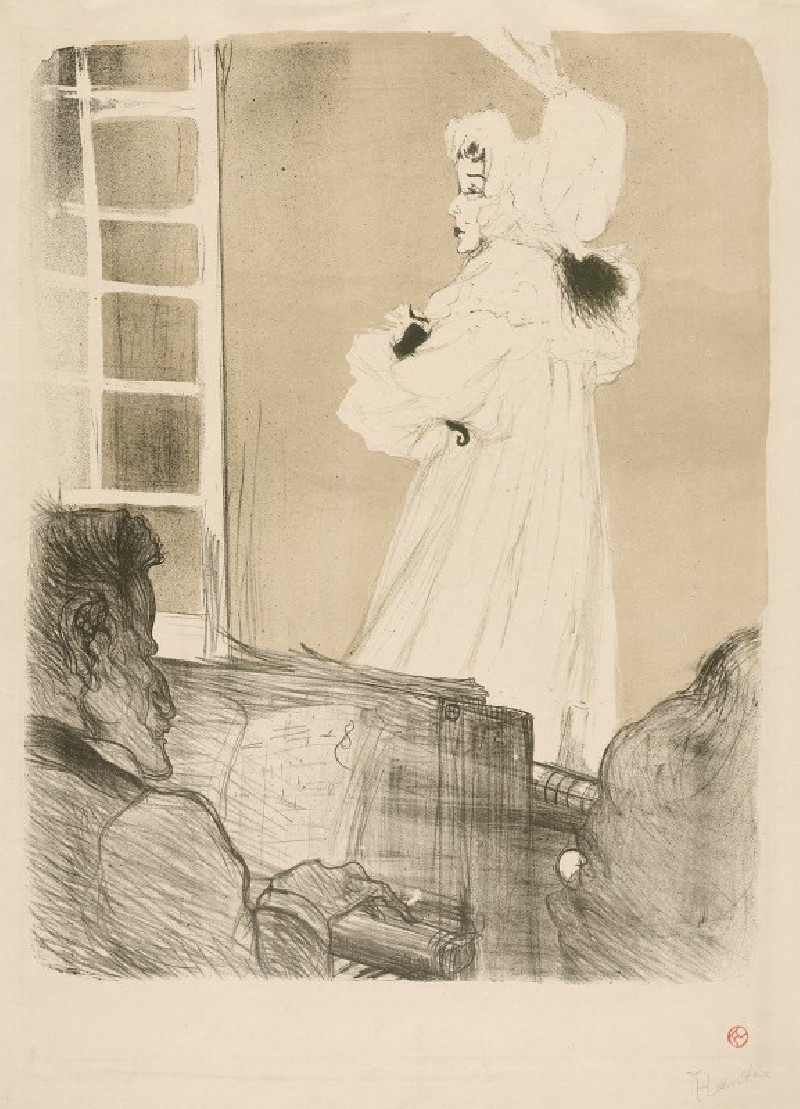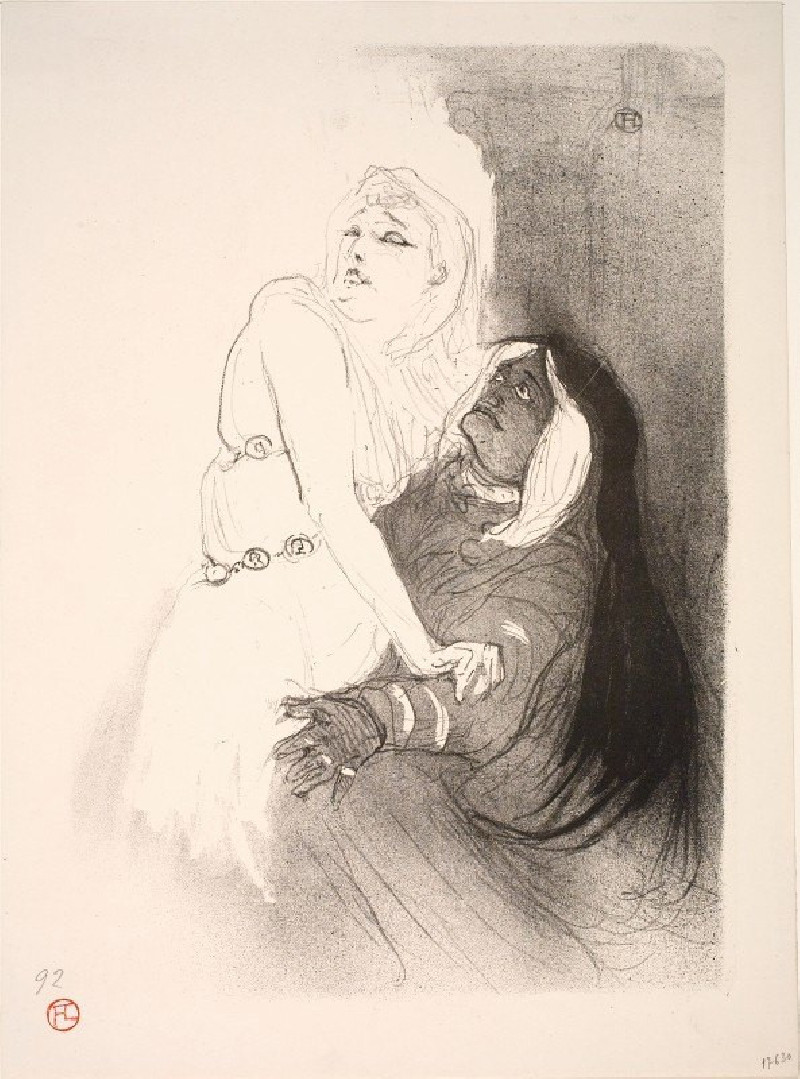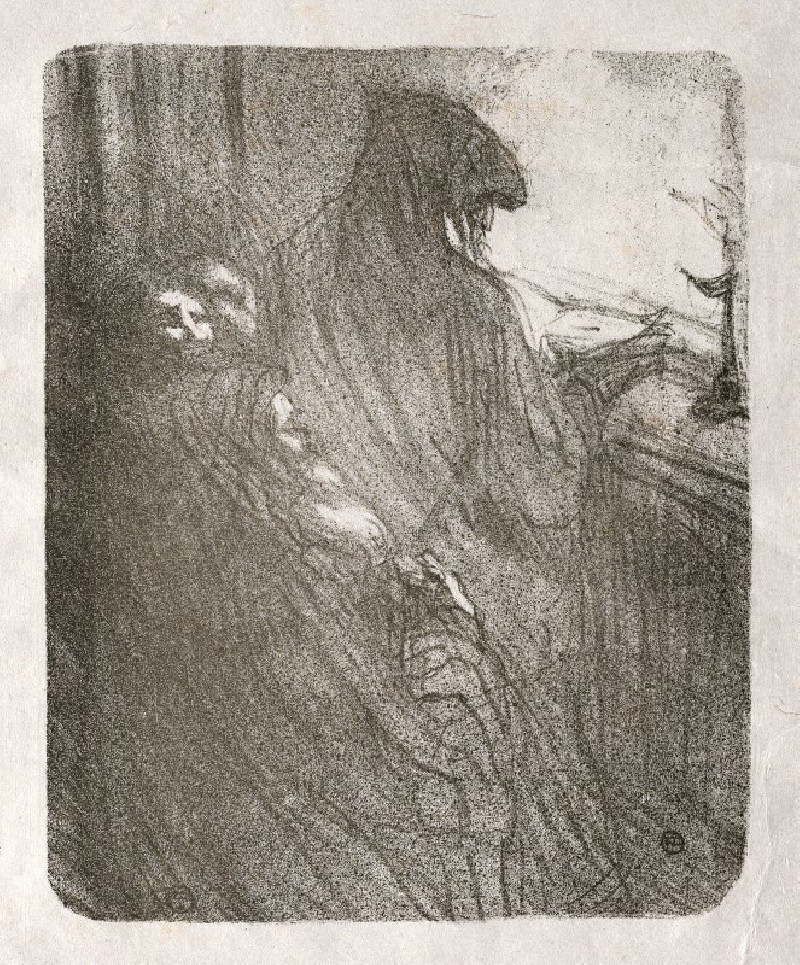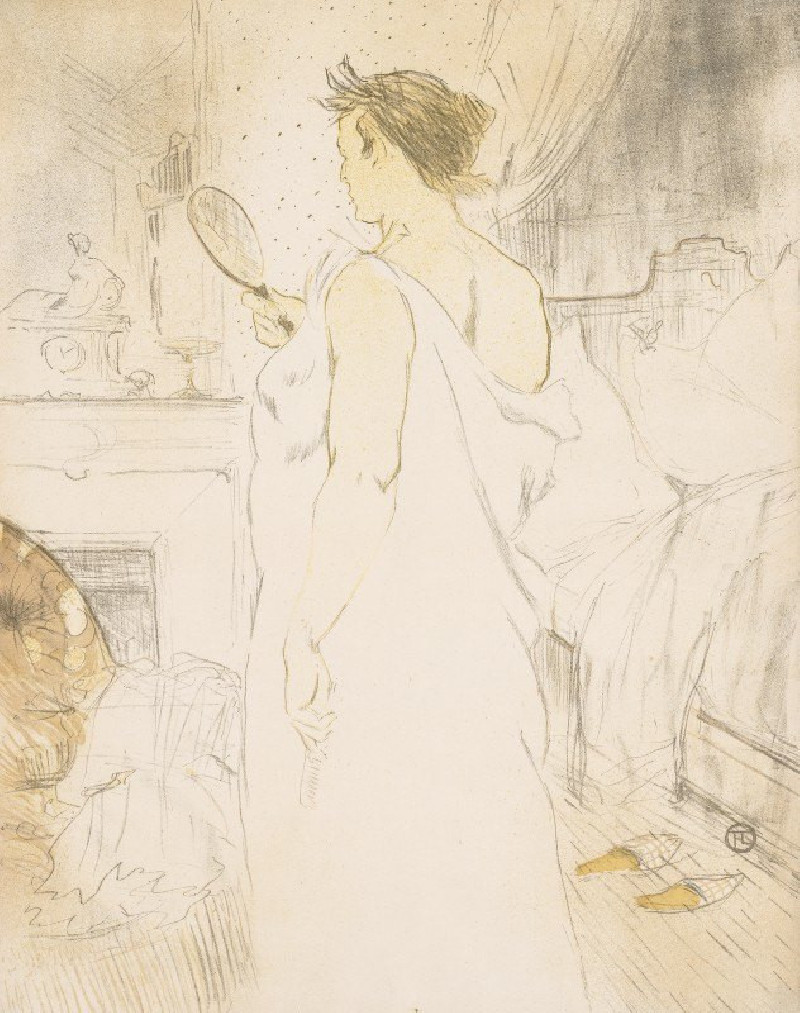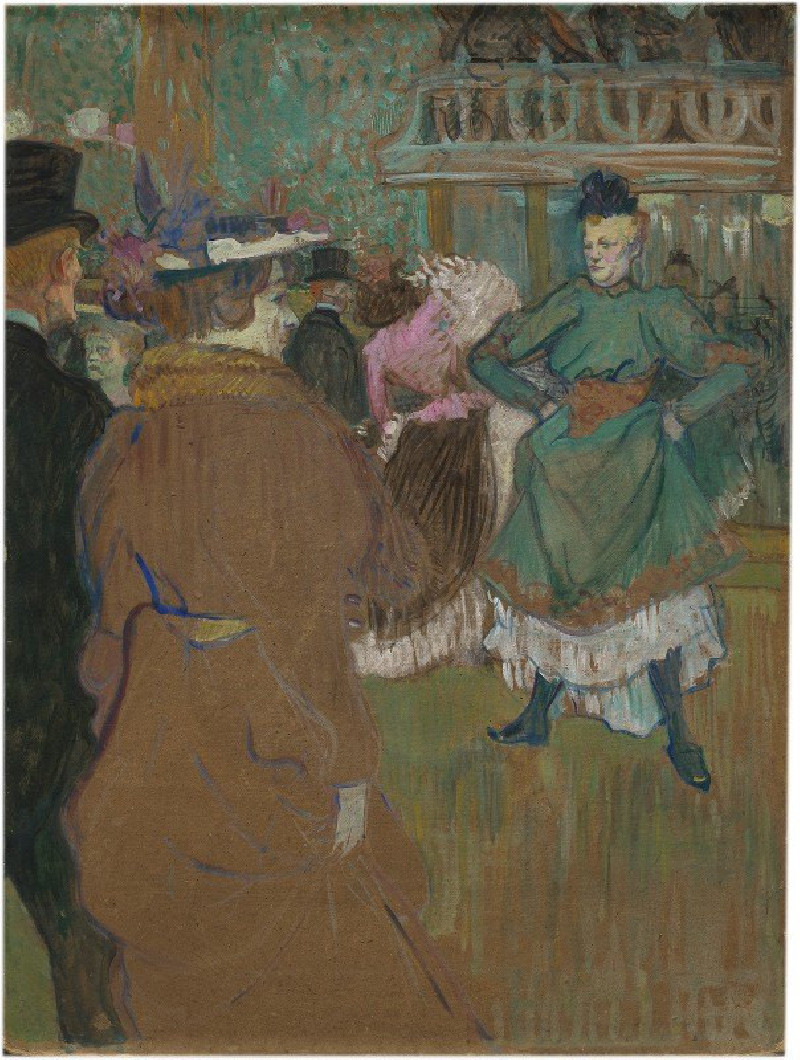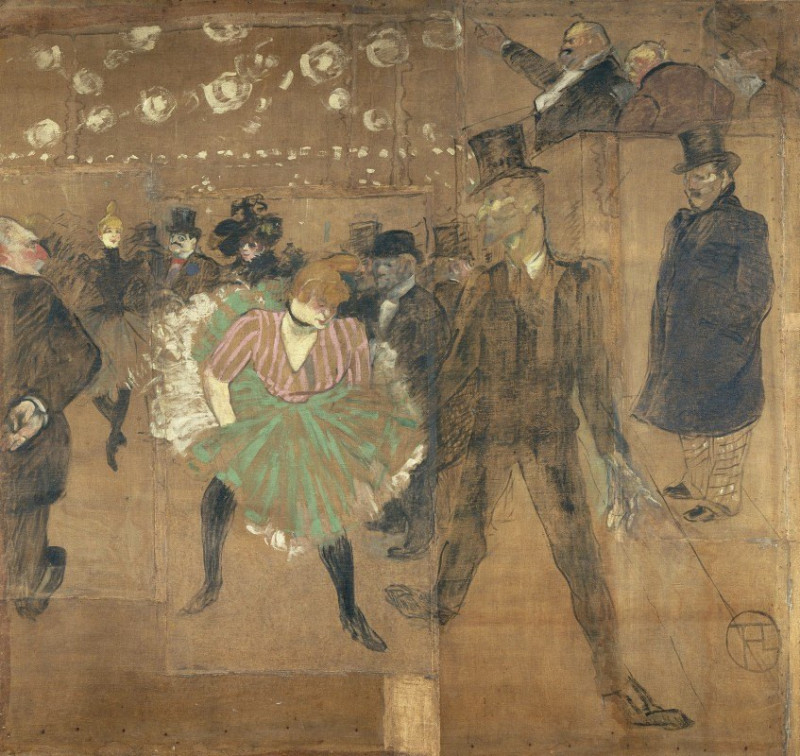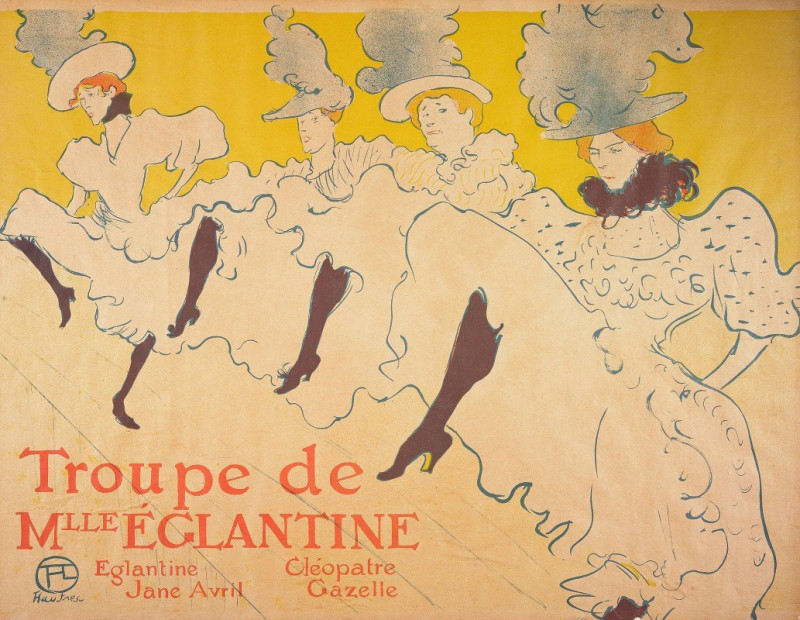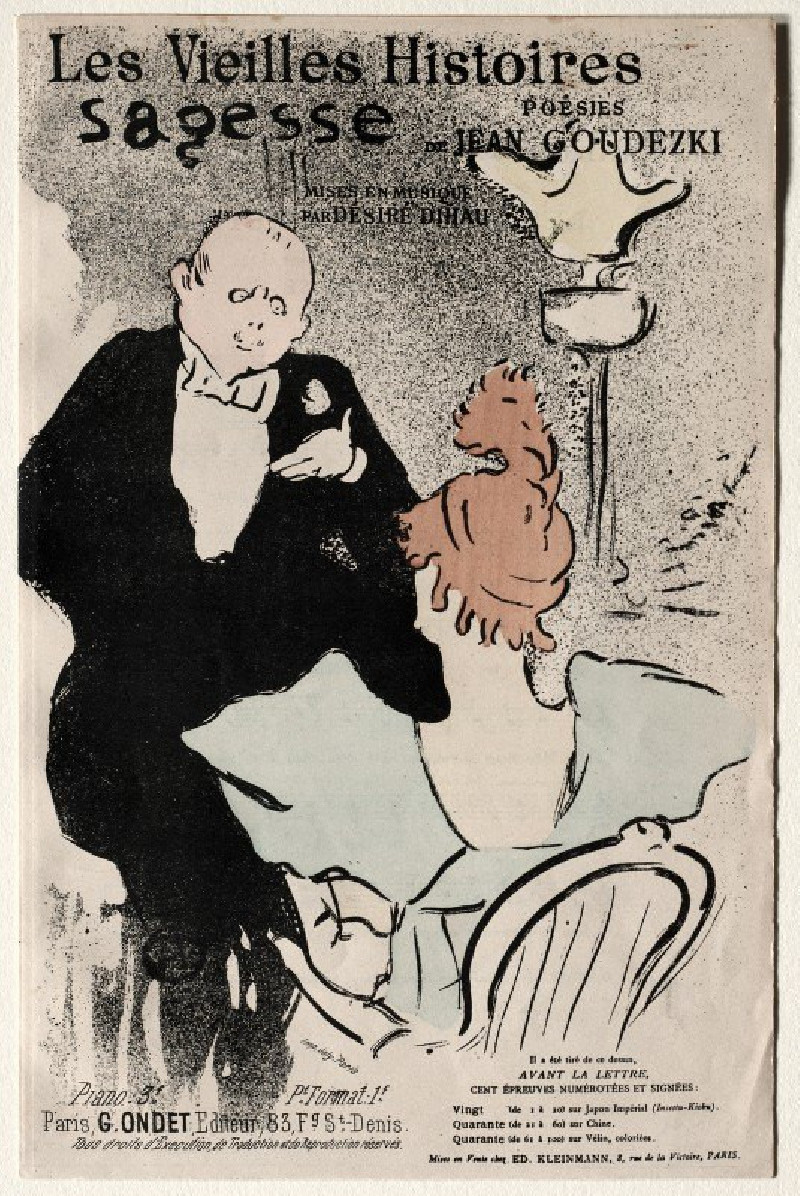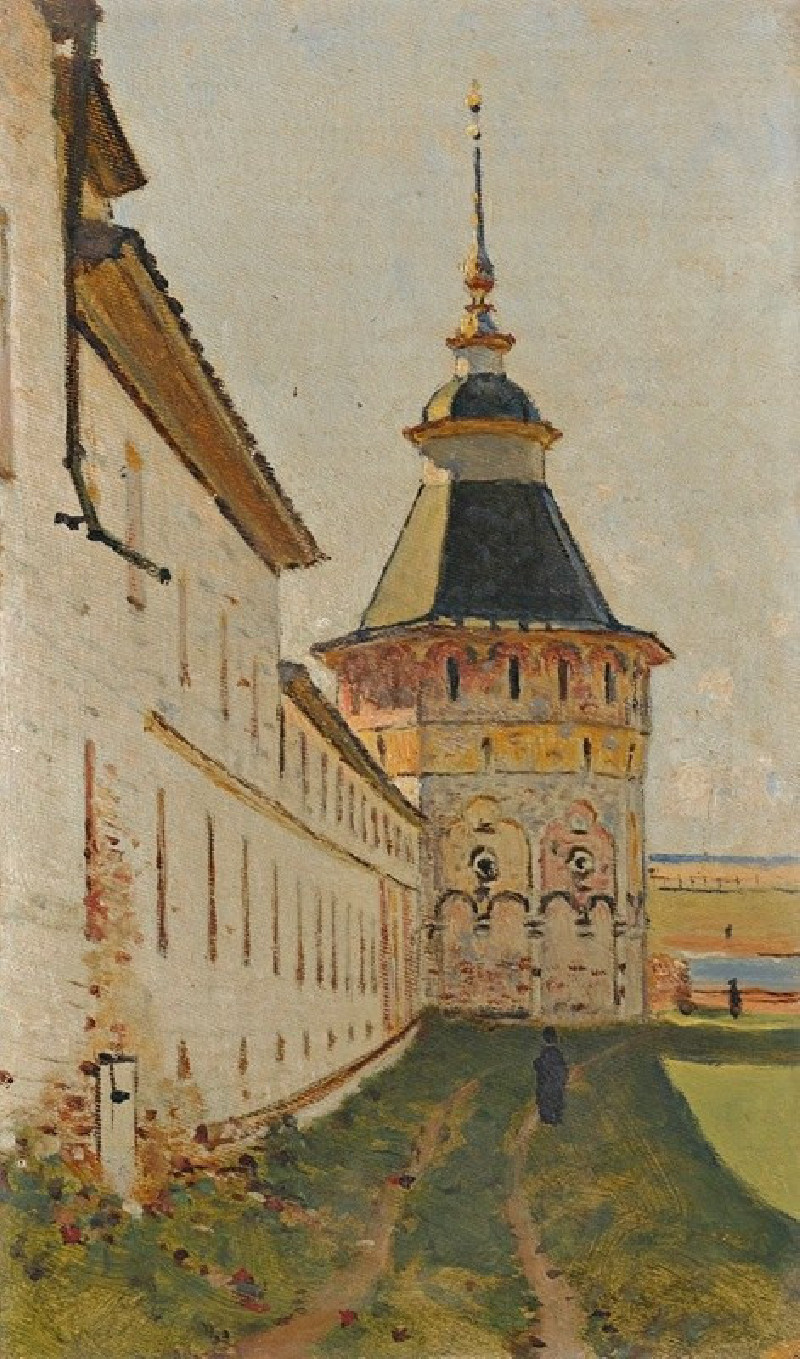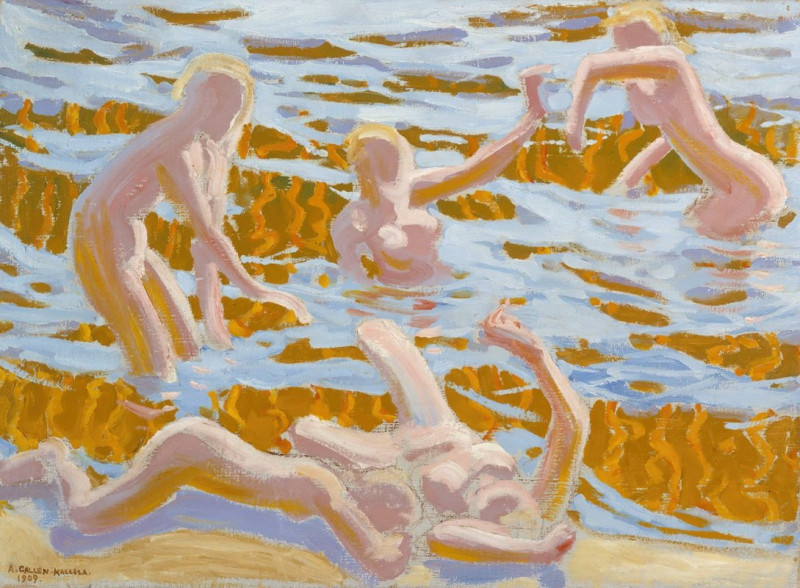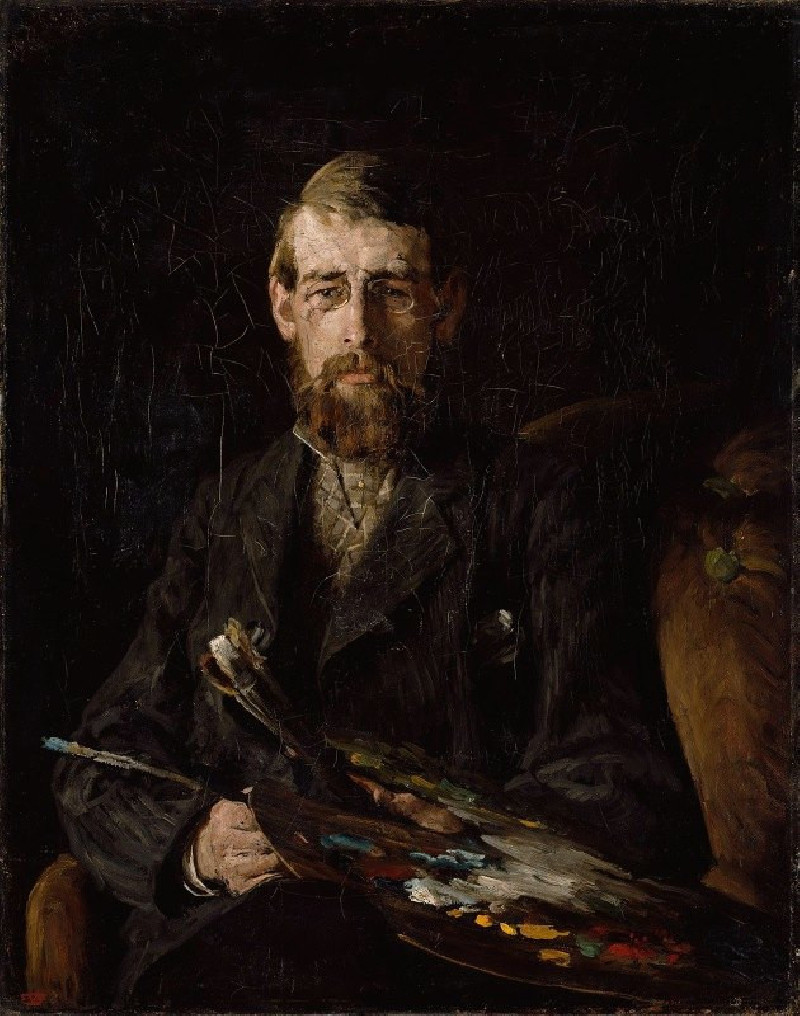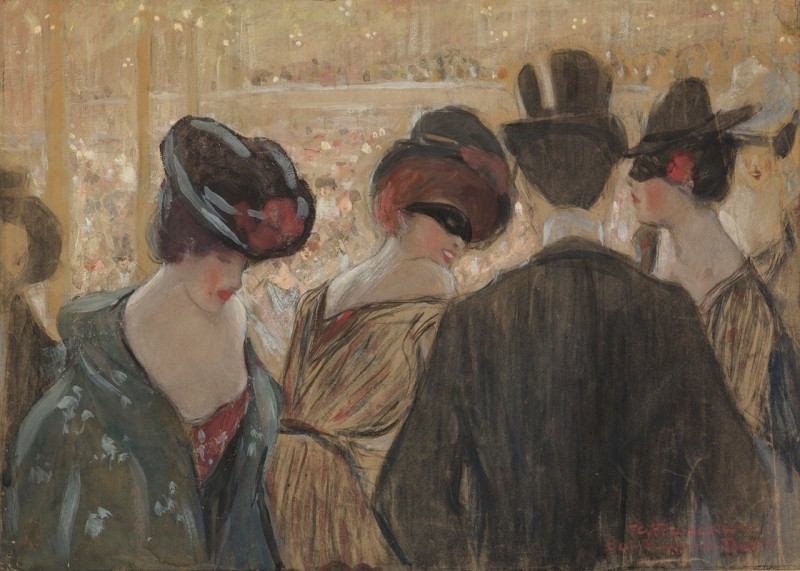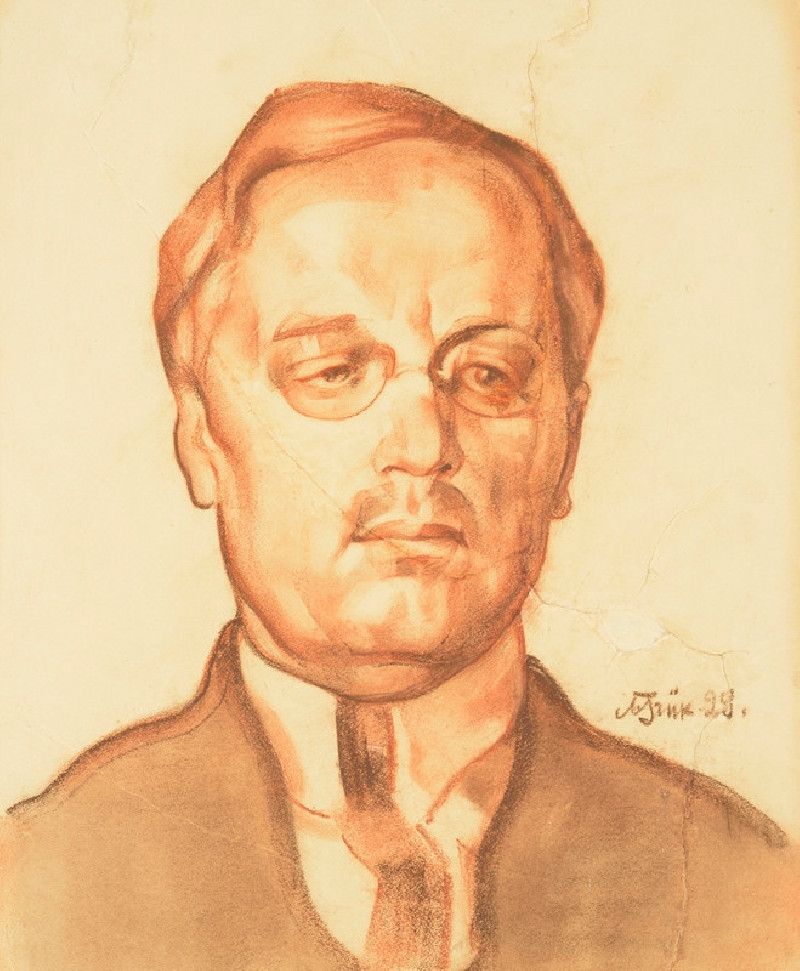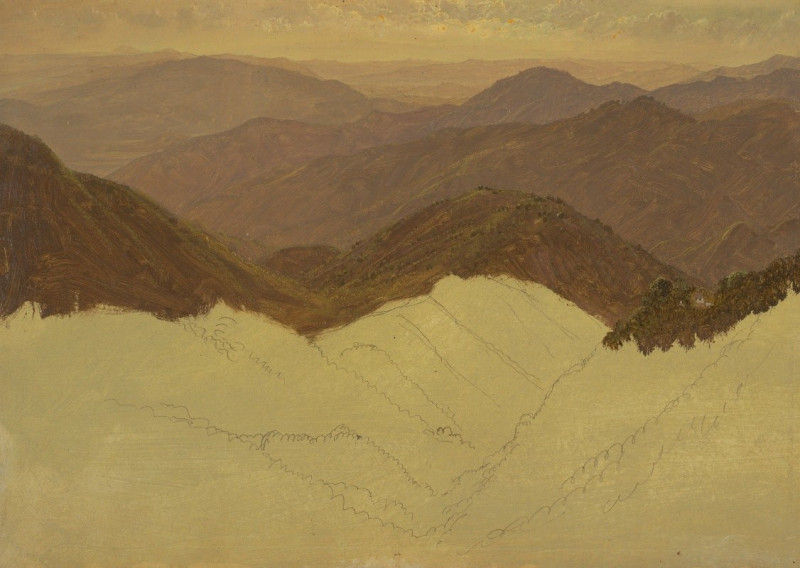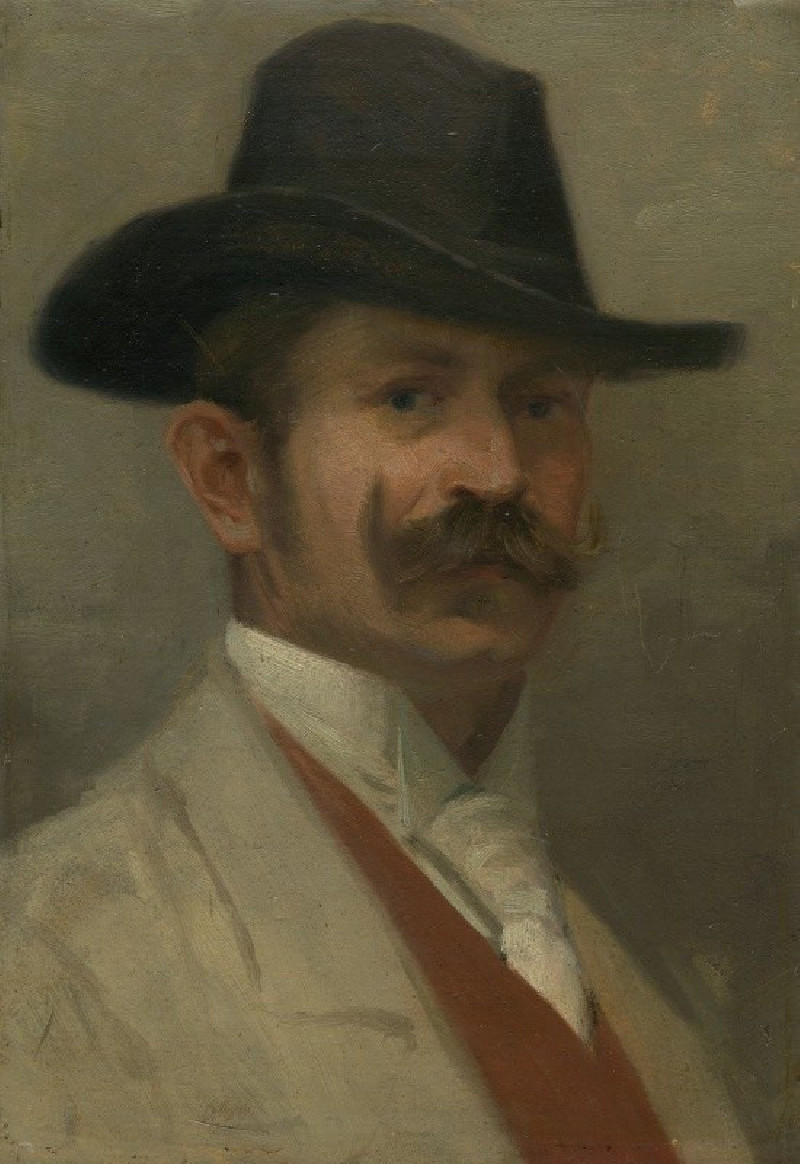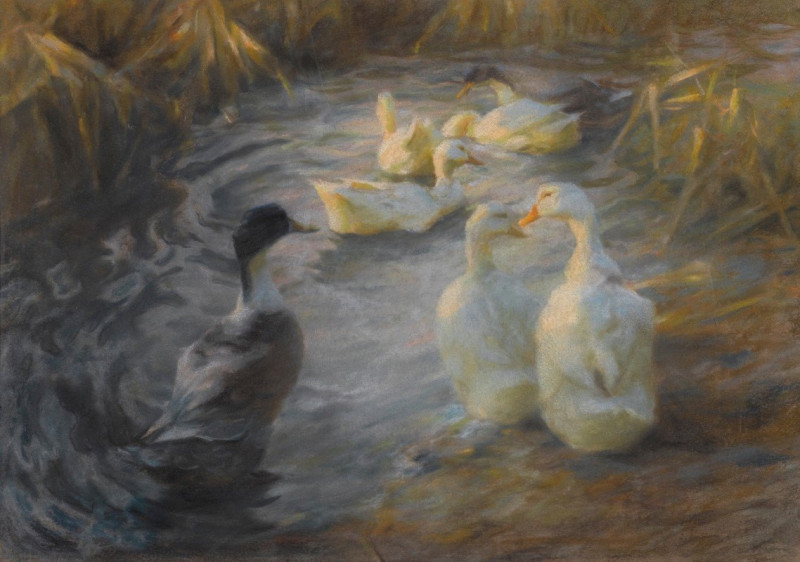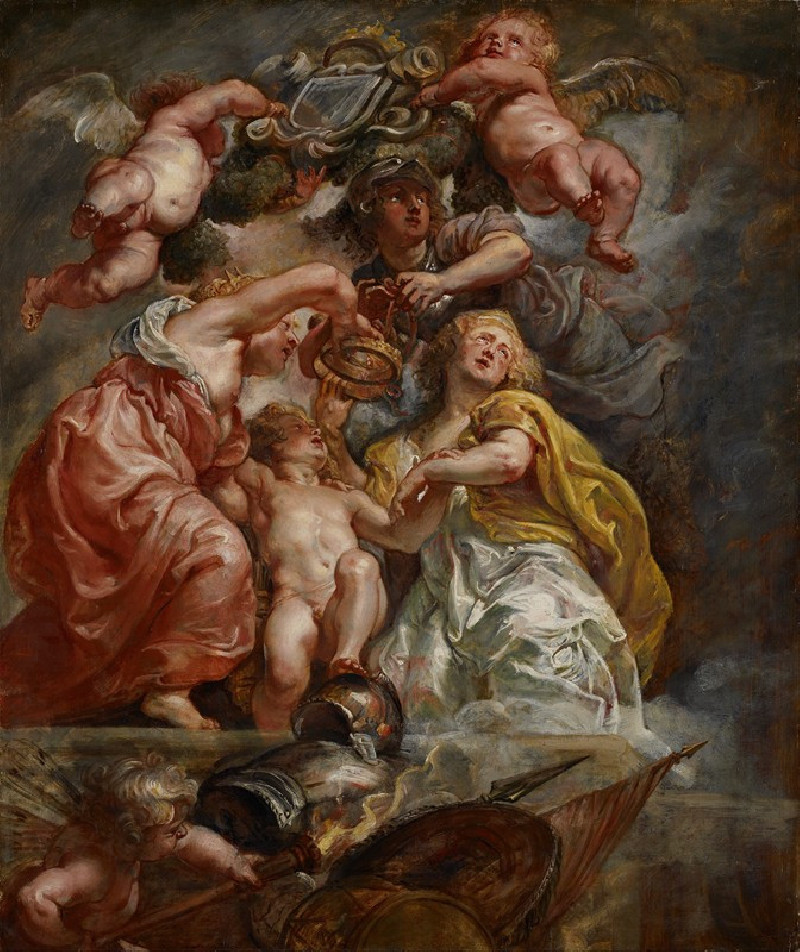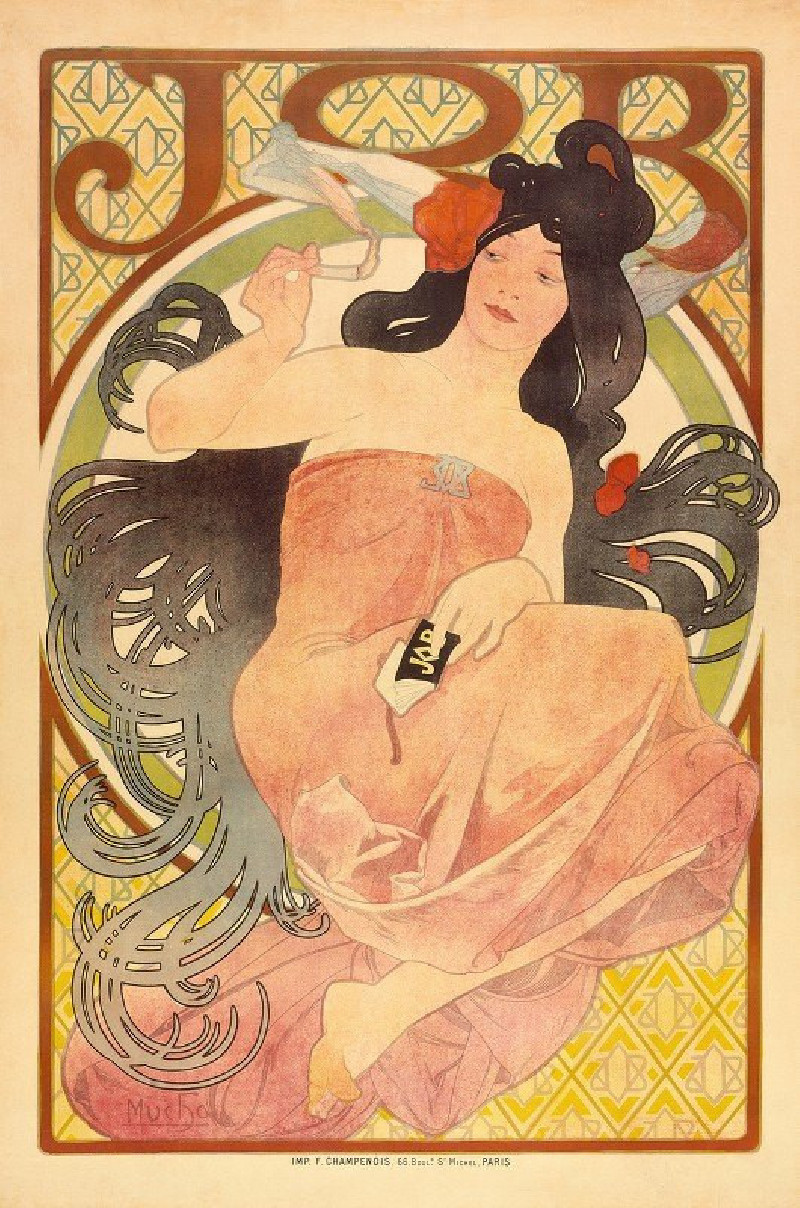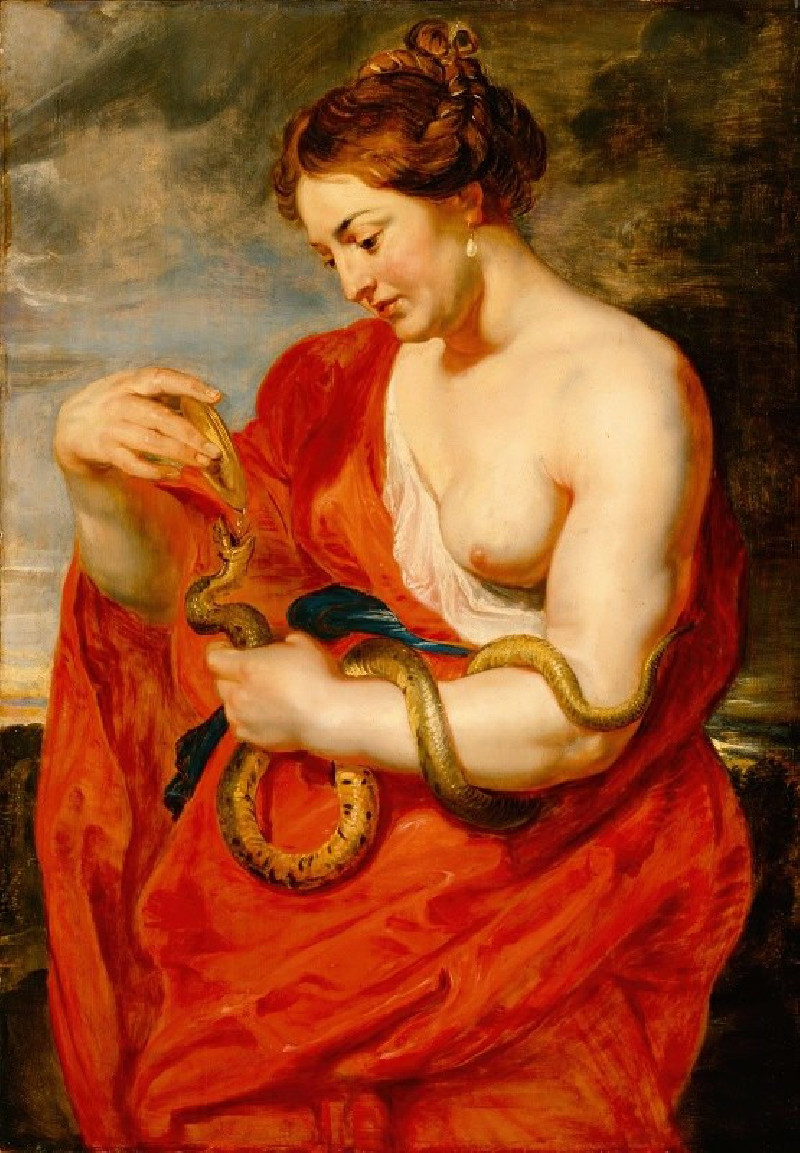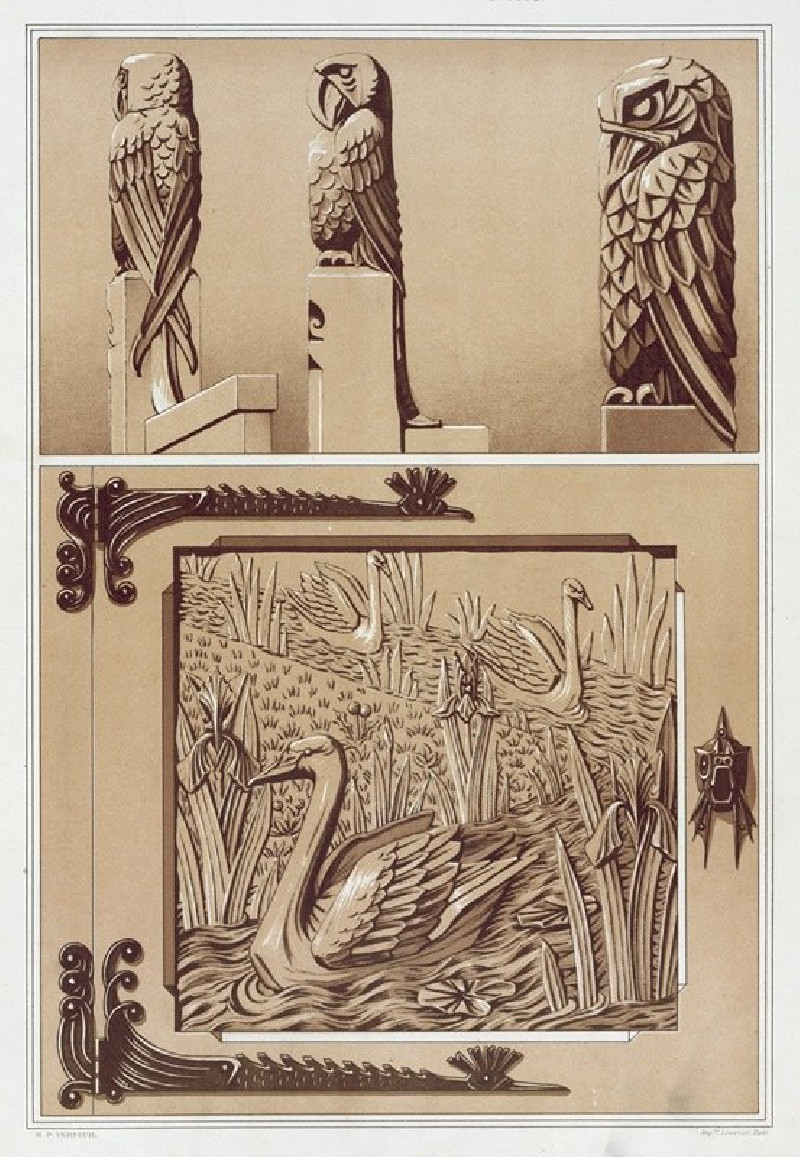Un Cimetière en Galicie (1898)
Technique: Giclée quality print
Recommended by our customers
More about this artwork
Henri de Toulouse-Lautrec's "Un Cimetière en Galicie" is a compelling charcoal sketch that offers a hauntingly stark representation of a cemetery scene. Captured through the artist's distinctive loose and expressive strokes, this piece conveys a sense of desolation and abandonment that is poignant and thought-provoking.The artwork features skeletal trees that loom in the foreground, their bare branches scattered against a stark, lightly sketched background. Amid these trees, a human skull is subtly placed on the ground, partially hidden among the textured strokes that suggest rough, possibly disturbed soil. The placement of the skull, low in the foreground and almost blending with the earth, serves as a somber reminder of mortality and the impermanence of human endeavors.Contrasting the scenes of decay are the lines in the background, hinting at a distant fence or boundary, suggesting organization and containment. Above, indistinct birds or perhaps leaves caught in the wind flutter through the sky, adding a dynamic element to the otherwise still and somber scene."Un Cimetière en Galicie" is a powerful testament to Toulouse-Lautrec’s ability to evoke emotion and narrative through minimalistic yet expressive detail, inviting viewers to reflect on themes of life, death, and the inevitable passage of time.
Delivery
Returns
Comte Henri Marie Raymond de Toulouse-Lautrec-Monfa (24 November 1864 – 9 September 1901), known as Toulouse Lautrec was a French painter, printmaker, draughtsman, caricaturist, and illustrator whose immersion in the colourful and theatrical life of Paris in the late 19th century allowed him to produce a collection of enticing, elegant, and provocative images of the sometimes decadent affairs of those times.

